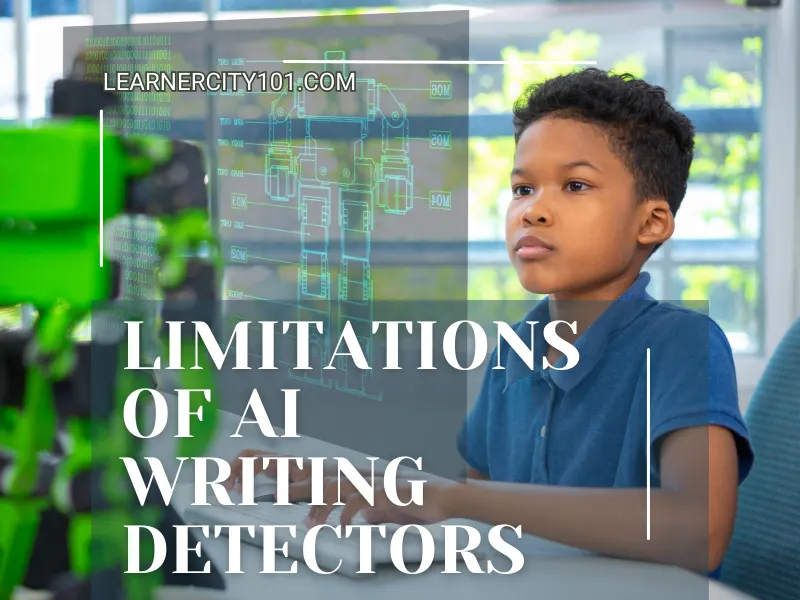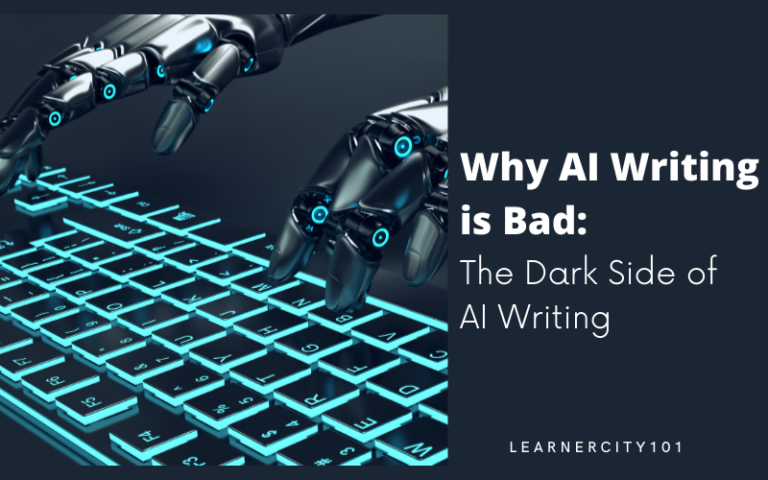Are AI Writing Detectors Accurate?
In an increasingly digital age, the use of Artificial Intelligence (AI) in various sectors is becoming commonplace. Among the myriad uses of AI, one fascinating application is the detection of AI-generated text.
As AI writing tools grow in sophistication, the arms race between AI writers and AI detectors continues to escalate. The question remains: How accurate are these AI writing detectors?
Let’s delve deeper into the capabilities and limitations of AI writing detection.
Read More:
Understanding AI Writing Detectors
AI writing detectors are systems designed to discern whether a piece of writing has been authored by a human or generated by an AI. These sophisticated tools typically leverage machine learning models that analyze writing styles, patterns, and idiosyncrasies to make their determinations.
They are trained on vast datasets that include both AI-generated and human-written texts, learning over time to identify the subtle hallmarks of each.
The Mechanics Behind Detection
An AI detector looks at cues that are often imperceptible to human readers. These cues can include overly consistent phrasing, a lack of nuanced expression, repetitive syntax, or an absence of the idiosyncratic errors that human writers make.
The detectors might also judge the text’s complexity, lexical diversity, and semantic coherence to decide its origin.
The Accuracy of AI Detectors
The accuracy of AI writing detectors largely depends on the quality of their training data and their algorithms’ complexity. Some detectors have demonstrated high accuracy rates, but these figures can be misleading.
Detecting AI-generated content is particularly challenging because the AI models that produce text, like GPT-3 and its successors, are becoming ever more advanced at mimicking human writing styles.
Factors Influencing Detection Success
Several factors can influence the success rate of an AI detector, including:
- Training Data: AI detectors need a sufficiently large and diverse dataset that is up-to-date with the latest AI writing models.
- Model Sophistication: The more sophisticated the AI detector’s model, the better it can understand nuances in writing styles and detect AI-generated text.
- Type of AI Being Detected: Different AI writers have distinct patterns. Some might be easier to detect than others, depending on how advanced they are and what kind of training the detector has received.
Limitations of AI Writing Detectors
AI writing detectors are not infallible; they face several challenges that can restrict their accuracy:

01. Continual Evolution: As AI writing technology evolves, so must AI detectors. There is always a lag in detecting newer AI writing styles, as detectors require time to learn from them.
02. Contextual Understanding: AI detectors may struggle with texts that require deep contextual or cultural understanding, which can be an area where human writers have the edge.
03. False Positives/Negatives: Due to various writing styles, an AI detector might mistakenly flag a unique human writing style as AI-generated or vice versa.
The Human Element
Despite the advances in technology, there is still a crucial role for human oversight. Human intuition and understanding can catch inconsistencies or errors that AI may not be trained to recognize.
This human-AI collaboration is often the best approach to maintaining the highest level of accuracy in AI writing detection.
Combining Forces for Improved Accuracy
Implementing a hybrid model that uses AI to do an initial analysis and then relies on trained human reviewers for the nuanced judgment can significantly increase accuracy.
This layered approach is especially useful in areas where precision is critical, such as in academic settings or content creation industries.
Ethical Considerations and Future Directions
As AI writing detectors become more widespread, it is vital to discuss the ethical implications of their use. There are concerns about privacy, intellectual property, and the potential for misuse.
Additionally, as AI becomes increasingly integrated into the fabric of daily life, ensuring that the technology is transparent and accountable will be of paramount importance.
Preparing for Advancements
Proactive adaptation to these rapid advancements is necessary. Continued research, the inclusion of diverse datasets, and collaboration between AI developers and end-users will be critical to keeping AI writing detectors accurate and relevant.
Conclusion
In conclusion, while AI writing detectors boast impressive capabilities, their accuracy is not absolute. Their efficacy is tightly linked to their training data quality, the sophistication of their algorithms, and the nature of the text being analyzed. In their current state, they are valuable tools but need the human touch to achieve maximum effectiveness.
The dynamic nature of AI writing means that detector accuracy will always be chasing a moving target. Nonetheless, by understanding their limitations and working to improve their precision through ongoing training and human oversight, these detectors can remain a powerful asset in distinguishing between human and AI-authored texts.
Looking forward, it will be essential to balance the benefits of AI writing detections with ethical considerations and a commitment to continuous improvement.







